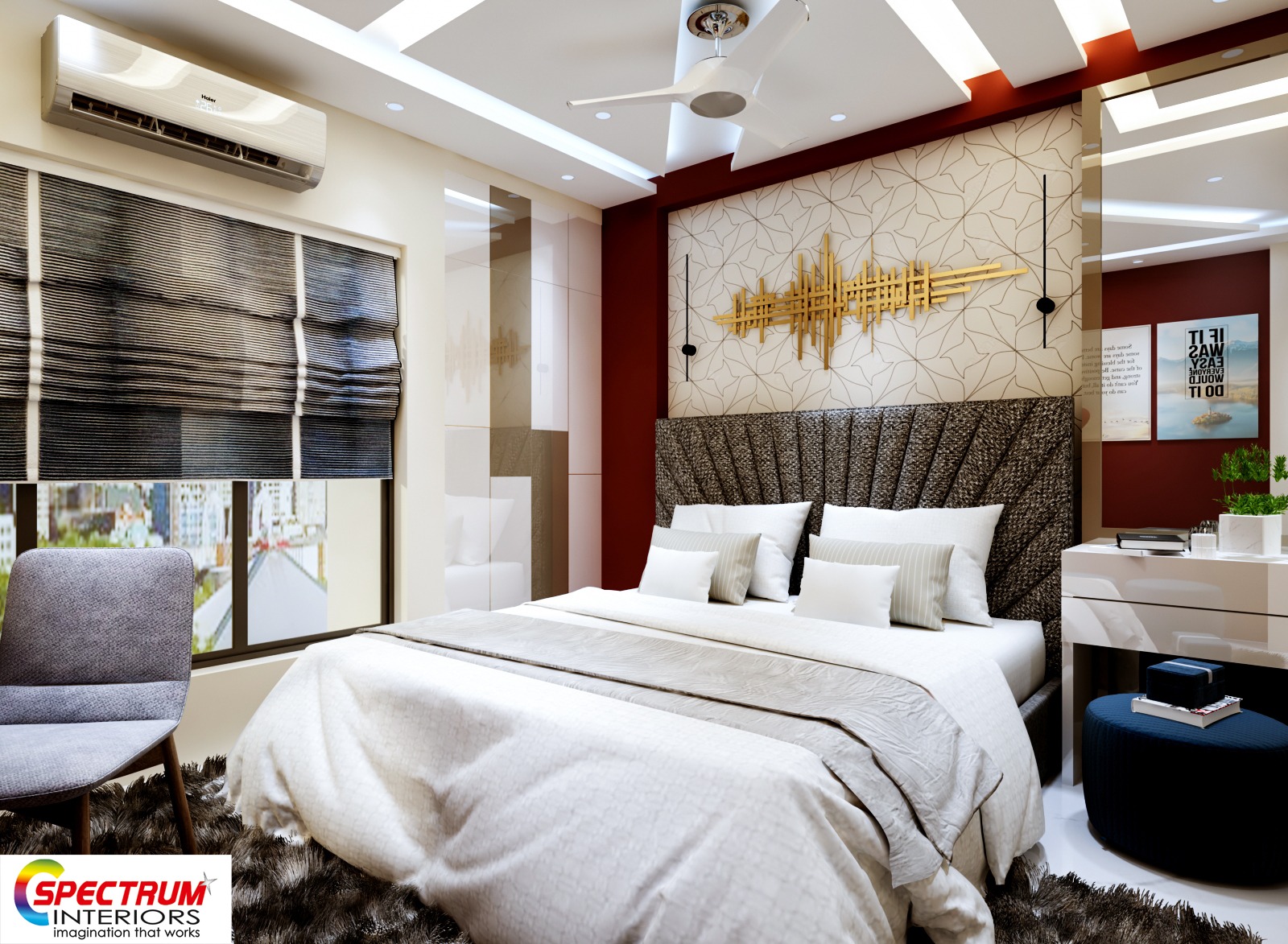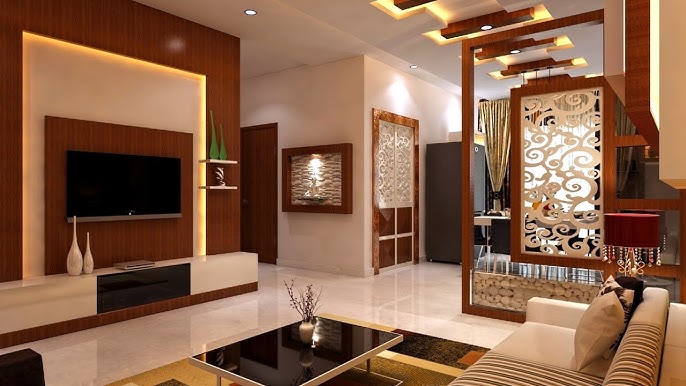Redefine your space with expert miami interior design tailored to your style and needs.
Redefine your space with expert miami interior design tailored to your style and needs.
Blog Article
Change Your Home With Crucial Principles of Interior Decoration and Aesthetics
By understanding the influence of color theory and the relevance of texture and patterns, one can produce spaces that are not just visually appealing however likewise deeply individual. Achieving this stability includes even more than plain design; it encompasses a critical plan and a keen understanding of exactly how each component interacts within an area.
Understanding Shade Theory
Color concept is a fundamental aspect of interior style that significantly influences state of mind, understanding, and general aesthetic. Understanding the principles of shade theory permits designers to create rooms that reverberate mentally with owners while fulfilling practical demands (miami luxury interior design). Colors can be classified right into three key types: main, additional, and tertiary. Each group plays a vital role in developing harmony within an area.
The mental effect of colors is extensive; cozy shades such as reds and oranges stimulate energy and warmth, while awesome tones like blues and eco-friendlies promote peace and serenity. The use of corresponding shades boosts visual passion, creating striking contrasts that can raise a space's appeal.
Neutral colors, on the various other hand, work as a functional background, enabling other design components to radiate. It is necessary to consider factors such as lights and the area's function when picking a shade scheme, as these can change the assumption of shades throughout the day.
Ultimately, a well-considered color scheme can change an area, cultivating a feeling of comfort and style that aligns with the occupants' choices. Mastery of shade theory is, for that reason, an essential ability for any type of interior developer aiming to develop unified and welcoming settings.
Attaining Equilibrium in Layout
How can developers achieve a feeling of balance in their areas? Accomplishing equilibrium in layout is essential to creating harmonious interiors. Designers can make use of three primary kinds of equilibrium: in proportion, unbalanced, and radial. Symmetrical balance includes setting up aspects evenly around a central factor, cultivating a feeling of order and peace. This kind commonly includes pairs of furniture or artwork, improving visual security.
Unbalanced equilibrium, on the other hand, counts on varying elements that still accomplish a natural look. This strategy permits more vibrant and informal plans, providing interest while preserving equilibrium. By carefully selecting differing sizes, colors, and structures, developers can develop a visually compelling space that really feels balanced yet energised.
Radial balance highlights a main prime focus with components emitting exterior. This design is generally seen in circular formats, where furnishings and decor create a natural surround that attracts the eye inward.
Ultimately, attaining equilibrium needs thoughtful consideration of scale, proportion, and the partnerships between elements. miami luxury interior design. By skillfully using these equilibrium concepts, designers can change spaces right into environments that really feel both aesthetically pleasing and functionally harmonious, enhancing the general experience for occupants
Importance of Spatial Awareness

A keen feeling of spatial recognition allows developers to determine focal factors within a space, assisting the audience's interest to crucial attributes while maintaining a total sense of unity. It additionally assists in the calculated placement of illumination, which can significantly affect the assumption of area and state of mind. In addition, understanding spatial connections allows the developer to accommodate the details demands of citizens, making certain that each location serves its designated purpose without jeopardizing visual appeals.
Eventually, spatial recognition is essential for maximizing the capacity of any type of interior area. By meticulously thinking about the interplay in between measurements, format, and feature, designers can develop settings that not just meet useful demands however additionally stimulate a sense of convenience and appeal, enhancing the general living experience.
Including Texture and Patterns
Welcoming a diverse variety of structures and patterns can dramatically improve the aesthetic and tactile charm of an indoor room. The calculated use go now different materials-- such as wood, metal, material, and stone-- creates deepness and interest, making a room feel a lot more welcoming and vibrant. For example, combining smooth surface areas with rough appearances can develop a balance that draws the eye and involves the senses.
When integrating patterns, take into consideration both scale and repeating. Huge patterns can work as focal points, while smaller, subtle styles can complement other elements without frustrating the area. Layering patterns, such as pairing floral paddings with striped tosses, includes complexity and a sense of consistency if implemented attentively.
It is additionally essential to keep a natural shade palette, making certain that appearances and patterns work together as opposed to complete for interest. By choosing a couple of key appearances and patterns, you can develop an unified visual that mirrors your personal style while enhancing the general atmosphere of the room. Eventually, the careful unification of these elements can transform an ordinary area into an innovative environment abundant with personality and warmth.
Customizing Your Area
Creating a space that shows your character is essential to attaining a see it here genuinely welcoming environment. Personalization in interior style permits you to instill your distinct design and passions right into your home, changing it from a mere website link shelter right into a refuge that talks to who you are. Begin by selecting a shade scheme that resonates with your emotions-- strong shades can stimulate, while soft tones supply serenity.
Include art work and decoration that reflect your interests, whether it be travel, nature, or abstract concepts. Showing personal collections, such as publications, pictures, or souvenirs, can stimulate treasured memories and produce prime focus within a room. Additionally, consider personalizing useful pieces, like upholstered furnishings, to align with your aesthetic choices.

Conclusion
To conclude, the makeover of a home with the crucial concepts of interior decoration and aesthetic appeal necessitates a thorough understanding of color theory, balance, spatial awareness, texture, and customization. Each aspect contributes substantially to producing a harmonious and functional living environment - luxury interior design. By thoughtfully integrating these concepts, people can enhance the aesthetic allure and emotional vibration of their rooms, eventually cultivating a home that shows unique identities while supplying convenience and functionality
Report this page